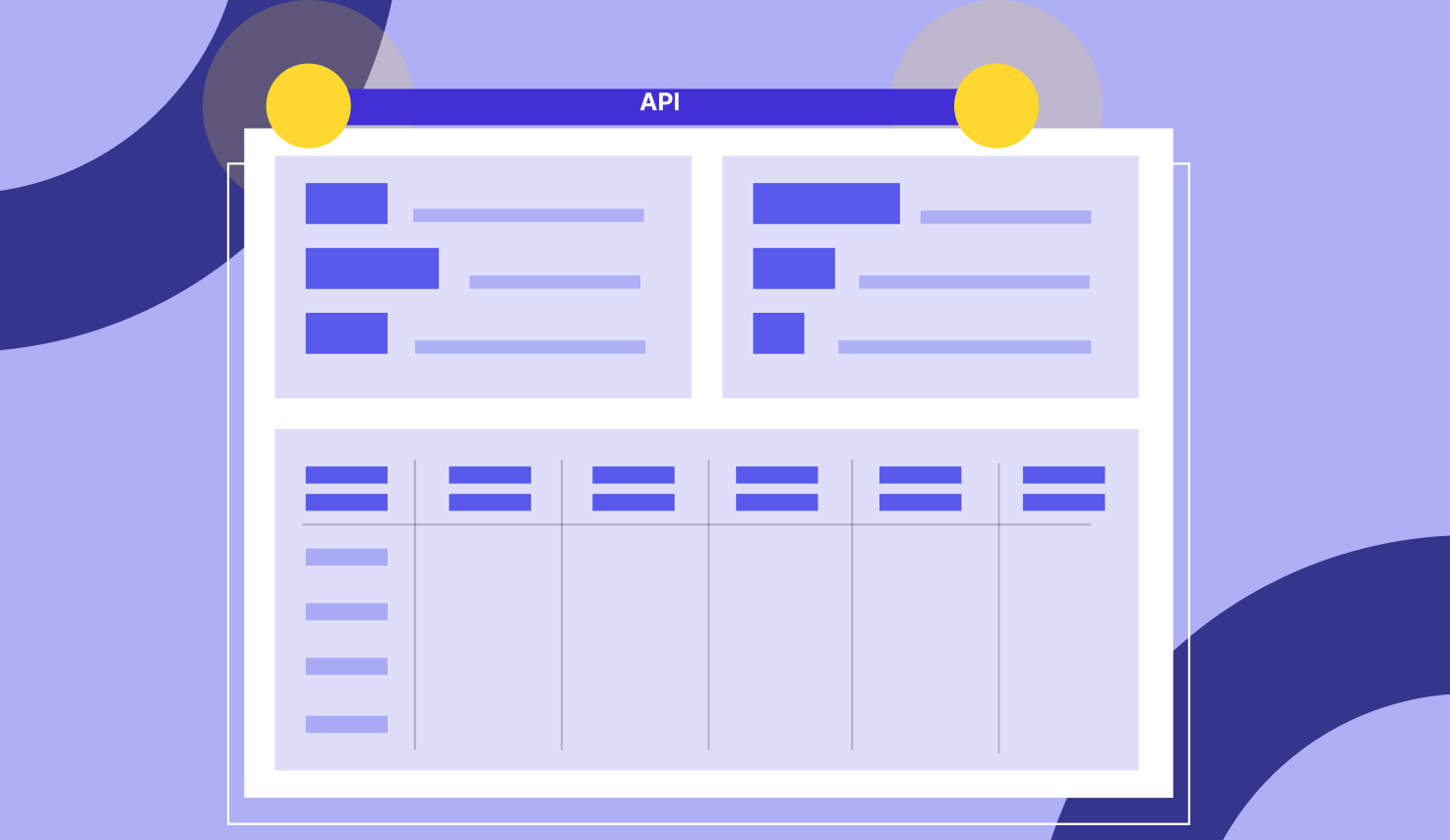What Are The Main Advantages to API Testing?
Learn with AI
In the world of application development, Application Programming Interfaces (APIs) enables the communication and exchange of data between software. Testing your API is essential to the proper integration and delivery of quality software and product.
Unlike UI testing, API automation testing is designed to withstand the short release cycles and frequent changes that occur while using best practices for software development and IT operations.
API testing is more important than ever. With the rise of cloud computing, API testing for interconnected platforms is essential to the success of all businesses and organizations in the cloud.
What exactly are the advantages of API testing? Let’s take a closer look at what defines API testing as well as the API automation benefits to expect.
What is API Testing?
By testing the API, you are examining the security, functionality, reliability, and performance of your system.
Instead of testing with standard inputs and outputs, API testing has the ability to get output directly from the programming interface and take note of how it’s responding.
Instead of the simplicity of UI tests that focus more on the look and feel of applications, API testing has a deeper, more thorough understanding of how the architecture is built and works.
In short, API testing is a smart move for general quality performance and data response.
Types of API Testing
There are specific classifications of API testing to determine the performance of your system, such as:
- Functional Testing. This involves testing functions within the codebase to determine if the API functions are working well within specific hardware parameters.
- Validation Testing. The validation process occurs in the final stretch of the development process, validating that the correct steps down the path of development have been made.
- UI/Visual Testing. This focuses on how well the user interface is working, giving a status check on the visual aspects like the position and colors of elements.
- Security Testing. A process that checks to ensure the system is secure with encryption methodologies and authorization validation.
- Load Testing. Load tests place real-world simulations and conditions for the SUT (System Under Test) to run against.
- Runtime and Error Detection. This process focuses on monitoring, execution errors, error detection, and resource leaks.
- Penetration Testing. These vulnerability scans take in a security experts perspective to spot potential loop holes and threats.
- Fuzz Testing. This process involves placing random data in the system to detect forced crashes and other irregular behaviors.
Benefits of API Testing
.jpg?width=5500&name=api-application-programming-interface-development-technology-concept%20(1).jpg) API testing has the ability to improve test coverage and efficiency, secure the system, and much more. Some of the benefits of performing this type of test include:
API testing has the ability to improve test coverage and efficiency, secure the system, and much more. Some of the benefits of performing this type of test include:
1. Quicker Release
GUI tests have a reputation for taking longer to release products. However, API testing has proven to be the faster solution, saving up to eight hours of your time. This gives you a great opportunity to focus on other core aspects of software development.
2. Better Test Coverage
It’s best to check how well-built a car is from the inside instead of its paint. Automated API testing drills down to the layers beneath the UI to ensure databases are communicating correctly between one and another. Ultimately, there’s just greater coverage, where system components are checked all at once. And, better test coverage means improved quality software and satisfied users.
3. Ease to Shift Left
API testing can be implemented quickly – no GUI needed. Developers can easily shift left to get a head start, run tests, get instant feedback and resolve issues earlier on. Compared to UI tests, API tests take seconds, minutes maximum, to complete.
4. Lower Maintenance to Do
Changes in the API layers are rare. They are not prone to subsequent regressions caused by recent merges or releases but usually occur from major updates in the business logic. From the start, it’s best to reflect the APIs to-be-built in the specs and which functionalities they’re linked to.
5. Faster Bug Fixes
Since API testing works quickly to provide a solution, you’ll know right away if the results are good or bad. This can help you diagnose problems earlier on in the development of the system, allowing for efficient bug detection and removal.
6. Reduced Testing Costs
Because API testing covers more ground, is easier to maintain, and provides a quick release of results, the costs of testing reduce immensely. Your time, money, and resources can be utilized elsewhere.
7. Universal Language Understanding
Since data is exchanged via XML and JSON formats, all languages can be used during API testing. So whether you prefer JavaScript, Java, Ruby, Python, or PHP, you are supported.
📺 You’ve seen the benefits of API testing — now watch it in action. Check out [KA] API Testing With Katalon: The Advanced and learn how to build and automate API tests efficiently.
Best API Testing Tool
Feature highlights:
- Easy-to-use UI and productivity-centric features for projects of all sizes
- Supports REST, SOAP requests, and SSL client certificates
- Enable test import from Swagger (2.0 & 3.0), Postman, WSDL, and WADL
- Native CI/CD integrations (Jenkins, Azure DevOps, CircleCI, Dockers, etc.)
- Data-driven testing methods better test coverage and reliability
- AssertJ support to create fluent assertions in BDD style
- Support API test data setup using UI testing
- Built-in reporting platform to centralize reports and activities across tool stacks: version control systems, CI/CD, test automation tools, and ALMs
- Free API testing courses and tool tutorials on Katalon Academy
Are you ready to take a journey into the best API tools? Watch a demo of how our process works or sign up for API testing today.
|
FAQs API Testing Advantages
What is API testing?
API testing examines system security, functionality, reliability, and performance by validating outputs returned directly from the programming interface and observing how the API responds.
Why is API testing important compared to UI testing?
API testing validates the system beneath the UI and provides a deeper view of how architecture and data communication work, while UI tests focus more on look-and-feel.
What development and release benefits come from API testing?
API testing supports short release cycles and frequent changes, enables earlier testing without a GUI, and helps speed up releases by providing results quickly.
How does API testing improve test coverage?
API testing drills down below the UI to verify that layers such as databases and system components communicate correctly, improving overall coverage and software quality.
How does API testing support a shift-left approach?
API tests can be implemented quickly with no GUI dependency, allowing earlier execution, fast feedback, and earlier issue resolution; API tests typically run in seconds or minutes.
Why does API testing reduce maintenance effort?
API layers change less frequently and are less prone to regressions from routine merges or releases; changes more often come from major business-logic updates, reducing ongoing maintenance work.
How does API testing reduce costs and speed up bug fixes?
Faster execution provides quick pass/fail signals, supports earlier diagnosis and removal of defects, and reduces testing costs through broader coverage, quicker feedback, and lower maintenance overhead.



